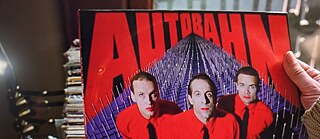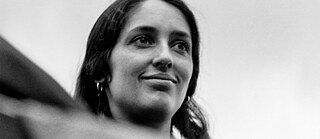Movie and highway The view from the car window
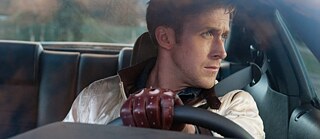
It's not just in road movies that the film world draws on the spirit of the highway. The protagonists' view from the car window can be found in all film genres. What's behind it? We've picked out a few examples for you!
The miles race past. I look out of the car window. As my body is swept along at top speed by my vehicle, my mind takes a hiatus. A world of thoughts emerges that passes by my real world: past blurred landscapes, crash barriers and grass verges, the familiar, and the unknown.This scene isn’t just familiar from our personal lives; it’s been told countless times in films. The highway, the road movie, isn’t just its own genre; the feelings we associate with it run through all film genres. The view from the car window often forms a key moment or a plot twist for protagonists. The following film scenes tell different stories of film characters, in different contexts, at different times, with different endings. But they all experience it: the view from the car window.
Thelma & Louise (1991)
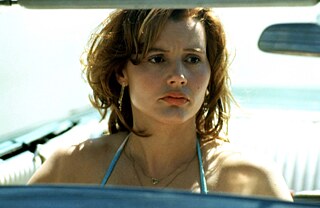
But things turn out differently: when Thelma is sexually assaulted by a man outside a nightclub, Louise grabs a gun and shoots him dead. Terrified, the two women get into Louise’s car and flee the scene of the crime. Outraged, they drive the highway until the early hours of the morning. “Well, now, everything’s changed. Now it’s all changed,” Louise says, at the wheel of the car. She confronts Thelma with the decision to flee to Mexico with her. As Thelma looks out of the car window, her thoughts go round in circles: will she stand by her friend who’s shot someone in her defence? The scene ends with a super long shot of Thelma and Louise on the highway heading towards Mexico. Thelma will accompany Louise.
Drive (2011)
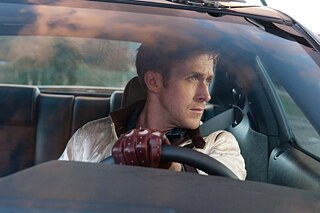
The situation comes to a head when the driver’s business dealings with dangerous gangsters come apart. In the last ten minutes of the film, the protagonist drives in his car gazing seriously and thoughtfully out of the window. Alongside countless car scenes in the film, this one stands out and forms the final plot twist of the story. It’s the moment when the driver realises that everything is about to change. He finally decides to call Irene. “I have to go somewhere and I don’t think I can come back. But I just want you to know, getting to be around you was the best thing that ever happened to me.” Then the driver heads off alone into the dark night.
Lost in Translation (2003)

During the first few minutes of the film, we see Bob gazing out of the taxi window on his way to the hotel, not knowing whether the job will give him one last career boost. Later in the film, Charlotte also looks out of the car window while the bright lights of Tokyo are reflected in the side window. A sense of transience hangs over both scenes. The car windows literally lead the film characters from place to place and explain their inner lives without words.
The Ordinaries (2022)
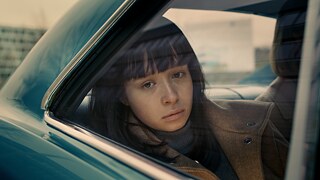
The more Paula begins to scrutinise the system of her world because of upcoming exam, the more she begins to question everything. She searches the archives for her father, who is said to have died in a massacre. The search takes her into the abysses of her world and ultimately to prison, from where she is freed by an influential protagonist who later drives her to her exam by car. During the journey Paula, looks out of the car window, desperate and at a loss. There is no dialogue in the scene. The scene merely links the prison and the exam stage. However, the image is indispensable for portraying Paula’s inner turmoil.
The Straight Story (1999)
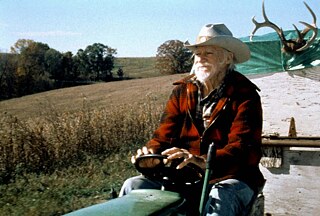
The whole journey is like looking out of a car window, even if there is no window. We are drawn out into the distance of the highway and into Alvin’s thoughts. Rather than being based on speed, the film slows down. Alvin has plenty of time to think. Shortly before the end, he crosses the Mississippi River. The bridge stretches out like a final countdown of his journey. Visibly moved, Alvin looks around the area; no one speaks before, during, or after the scene. But as Alvin drives over the bridge, his thoughts seem very loud. It is not far to his brother: he is so close that Alvin can almost feel him. Mount Zion. Doubt sparks in his eyes, then hope returns.
